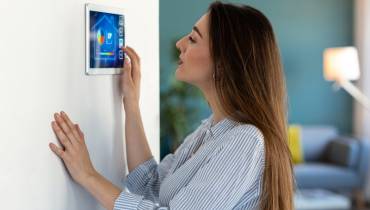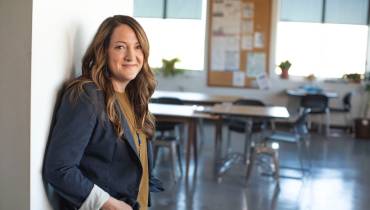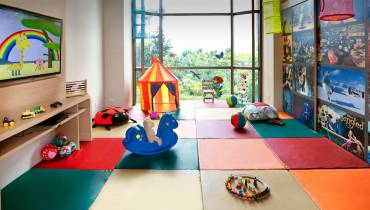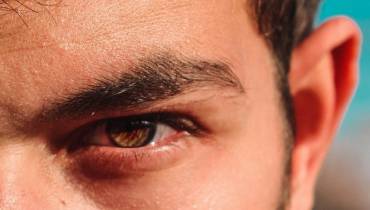Why You Should Consider Light Therapy to Treat Acne
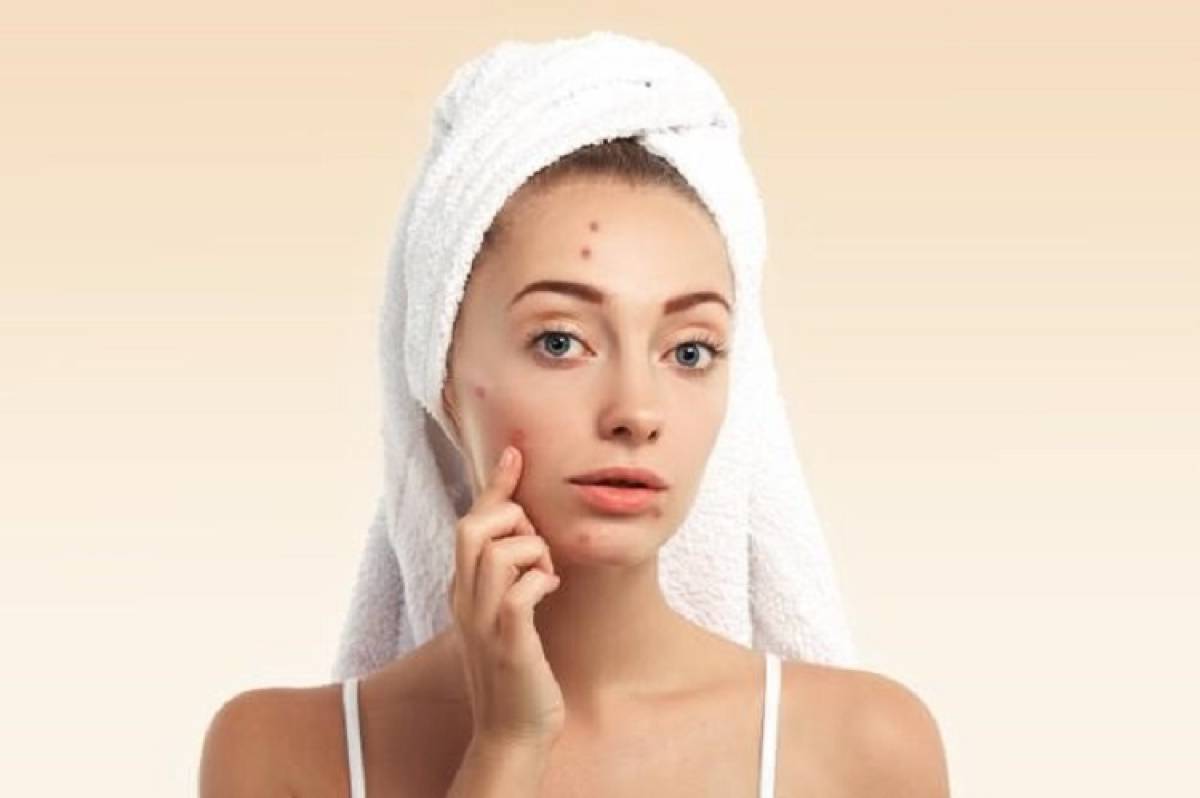
Many people around the world suffer from acne. In the United States, acne - the most common skin condition - affects up to 50 million Americans annually, according to the American Academy of Dermatology Association (AAD).
The skin condition can occur at any stage of life and may continue into one’s 30s and 40s. Acne occurring in adults is actually increasing, per the AAD, affecting up to 15% of women
If you have this condition, it is likely that your doctor will recommend ways you can clear up acne. This can range from gels to creams and antibiotics as well as chemical peels.
However, sometimes, even after you try all of those treatment methods, you may still find that breakouts are still happening. What do you do then?
Light therapy or phototherapy is another relatively less common treatment option that you can try. This is for those whose acne does not just go away with other treatments.
Light therapy uses a special kind of light to kill the bacteria that causes acne.
Light Therapy as a Method for Treating Acne
Acne is found in the pores of skin; these are the tiny holes present in the skin. Each of these pores contains a gland that produces oil. This oil is responsible for keeping your skin healthy.
Sometimes, however, the oil, dead skins, and dirt get logged inside of these pores and, as a result, clogs the pores. The bacteria known as propionibacterium acnes that lives on the surface of the skin can then get into those clogged pores. These bacteria are responsible for swelling up the pores into little bumps, which are known as acne.
One of the ways to kill these bacteria is with the help of light. These bacteria are very sensitive to lights of certain kinds. When these lights are shone on the skin, there is a formation of toxic substances that kill the bacteria.
Light therapy also has the potential to shrink these oil glands that are present in the skin. As a result, the skin then makes a lot less oil that can get clogged in the pores.
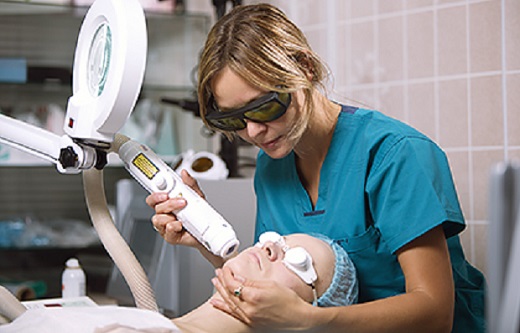
Dermatologists use a variety of light and laser therapies to treat acne.
Type of Light that Can Treat Acne
In the past, doctors treated acne with ultraviolet (UV) light. This is a type of radiation that also exists in the rays of the sun. UV light does have the potential to clear up acne, but there is still a possibility that it may damage the skin and also cause skin cancer.
Nowadays, doctors have become much savvier and rarely use UV light to treat acne because of that inherent risk of causing damage to the skin.
Today, doctors use certain wavelengths of red and blue light to treat acne. These lights can kill the bacteria that causes acne. The best part about these lights is that you can use them to fight bacteria, and they will not damage your skin at all in the process.
How Exactly Light Therapy Works
Light therapy really works well on acne that is moderate to mild in nature.
Normally, this treatment is done once a week at the patient’s dermatologist’s office. It is quite normal that your doctor may tell you to avoid the sun and tanning beds at least a week or more before getting the light therapy treatment. On top of that, you may also have to stop using some of the skin-care products that you normally use.
You may also be given special types of medications before the treatment begins. These medications are given to make the skin much more sensitive to the light so the treatment goes well and works better. The medications are known as “photosensitizers” and usually contain aminolevulinic acid (ALA) and methyl aminolevulinate (MAL) in them.
When light therapy is combined with photosensitizers, it is known as photodynamic therapy (PDT). It has the potential to clear up acne faster than if you were to use light therapy only. However, PDT treatment can also cause a lot more side-effects.
When you undergo light therapy to treat acne, you are normally required to sit in front of a lightbox for periods of about 15-30 minutes. The light that will be emitted from the lightbox might be blue or red. It can also be a combination of the two colors.
In Conclusion
Phototherapy can really help you in bringing down the swelling that is caused by acne. Research has also found that it can reduce the total amount of pimples in some people. And there is a lot of scientific research that supports this claim.
Scientists have studied the efficacy of light therapy on acne extensively and studies have found that high-intensity narrowband light can clear up acne by as much as 70% with just 8 to 10 sessions of treatment.
Meanwhile, a combination of blue-red light can reduce inflammatory lesions from 69% to 77%. Light therapy can be a very effective treatment for acne problems.











